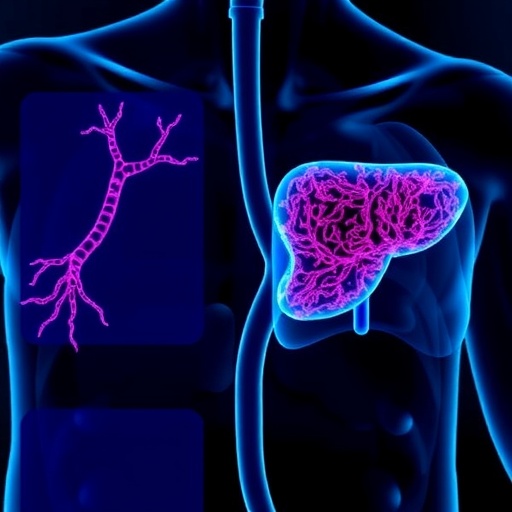With Skin Cancer Awareness Month upon us, Colorado State University researcher Jesse Wilson is accelerating research to improve imaging and detection of melanoma, the most deadly form of skin cancer, and the fifth most common cancer in the United States.
Wilson, an associate professor in the Department of Electrical and Computer Engineering (ECE) and in the School of Biomedical Engineering (SBME), is one of 15 researchers selected for a Young Investigator Award from the Melanoma Research Alliance.
The award will allow Wilson and his team to go a step further in their research to make early detection of melanoma faster and cheaper, without the need for a biopsy. It will also open the door to partnering with CSU's College of Veterinary Medicine and Biomedical Sciences to test new imaging applications on canine patients.
"The mantra for melanoma has always been, 'when in doubt, cut it out,'" said Wilson. But cutting away skin lesions is inconvenient and invasive, and often impractical for high-risk patients with a host of suspicious moles.
Wilson is developing a virtual biopsy tool that could give physicians a view into the cellular structure of the skin, allowing them to perform molecular analyses to guide patient care without having to cut away living tissue. His idea could represent a breakthrough in noninvasive in vivo imaging of melanin, the skin pigment that's made by cells called melanocytes, which can become cancerous.
"Right now there are a handful of virtual biopsy tools available in the United States, but the devices are imperfect because they produce grainy images that bear little resemblance to a traditional biopsy," said Wilson.
Building on preliminary data from his grant from the Colorado Clinical and Translational Sciences Institute, Wilson's research harnesses the power of multiphoton microscopy, an imaging technique that has produced "exquisite contrast" between normal tissue and melanoma in laboratory settings. But these microscopies rely on an exceedingly expensive short-pulse laser – a major barrier to commercialization. Wilson aims to bring multiphoton imaging closer to clinical practice by removing the need for these costly short-pulse lasers through machine learning and digital signal processing techniques.
When it comes to melanoma, dogs and humans have a lot in common. Because of the similarities between canine oral melanomas and human melanomas, Wilson is collaborating with Doug Thamm, director of Clinical Research at the Flint Animal Cancer Center, to validate and test the new technology.
Using a handheld wand about the size of a marker, Wilson's proposed technique will allow clinicians to scan a laser beam across a suspected canine melanoma to create a real-time image that shows melanin-specific contrast to inform a diagnosis. As part of the research trial, a surgical biopsy of the dog's lesion will also be taken, and the traditional biopsy results will be compared with the noninvasive virtual images during a blind review.
Researchers in the Walter Scott, Jr. College of Engineering are serving as mentors on the project, including Kevin Lear, associate director of the School of Biomedical Engineering and professor of electrical and computer engineering; Stu Tobet, director of the School of Biomedical Engineering and professor of biomedical sciences; and Matt Kipper, assistant professor of chemical and biological engineering.
Wilson earned his bachelor's, master's, and Ph.D. in electrical engineering from Colorado State University. Prior to joining the faculty at CSU, he was a postdoctoral researcher in the Warren Group Laboratory at Duke University, where his work in melanoma imaging and detection began.
###
Media Contact
Anne Manning
[email protected]
970-491-7099
@ColoStateNews
https://engr.source.colostate.edu/using-virtual-biopsies-to-improve-melanoma-detection/




